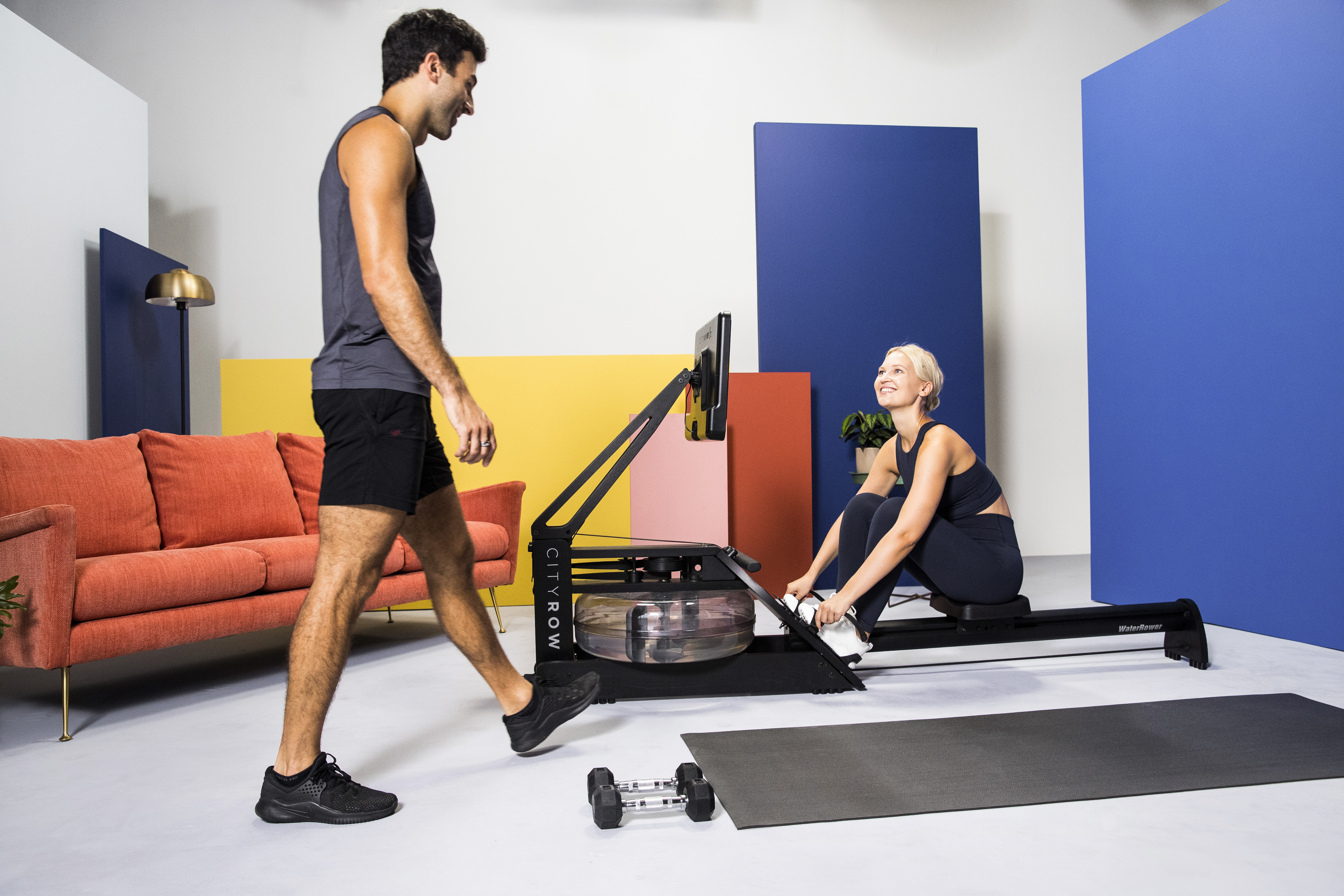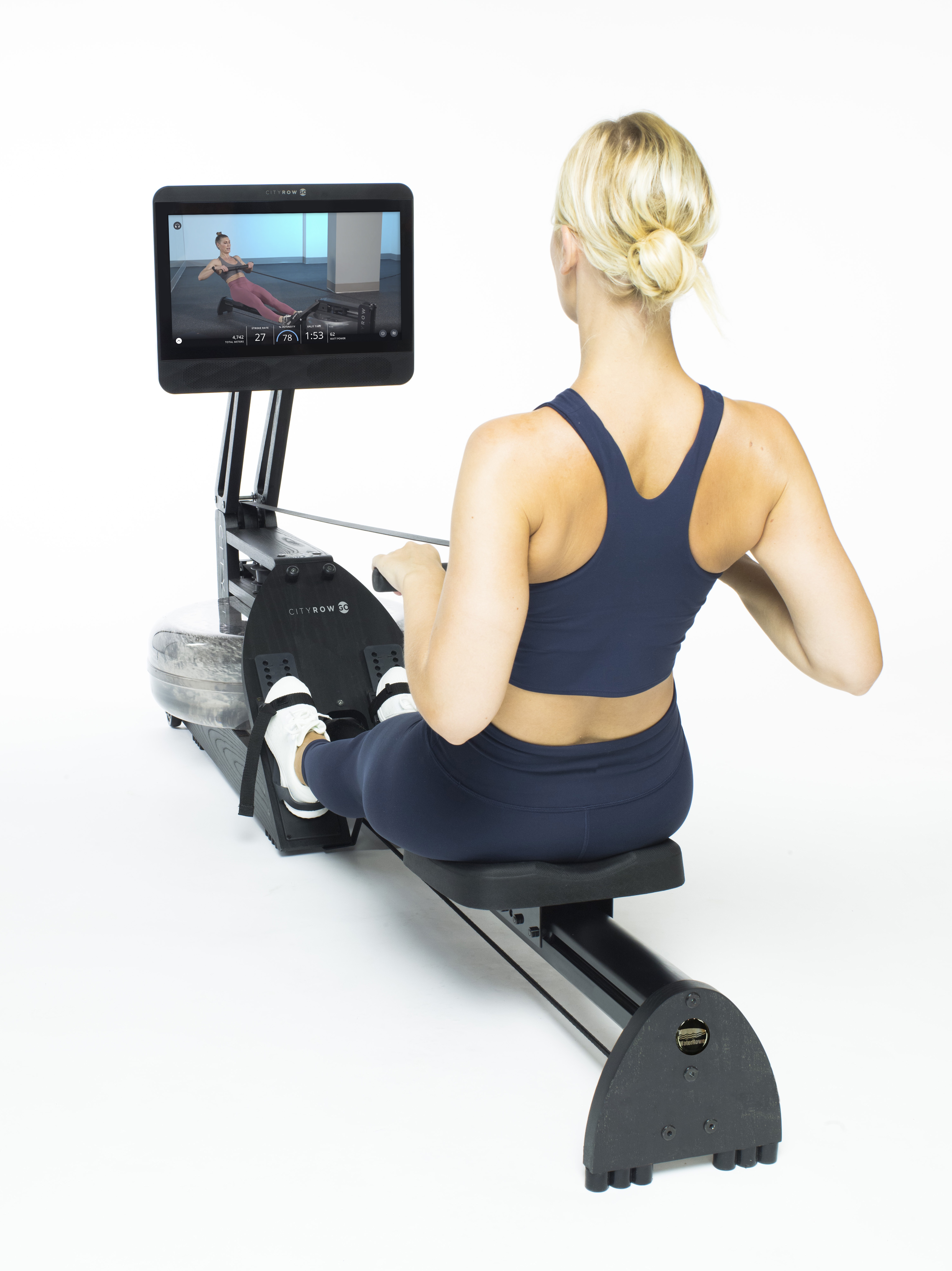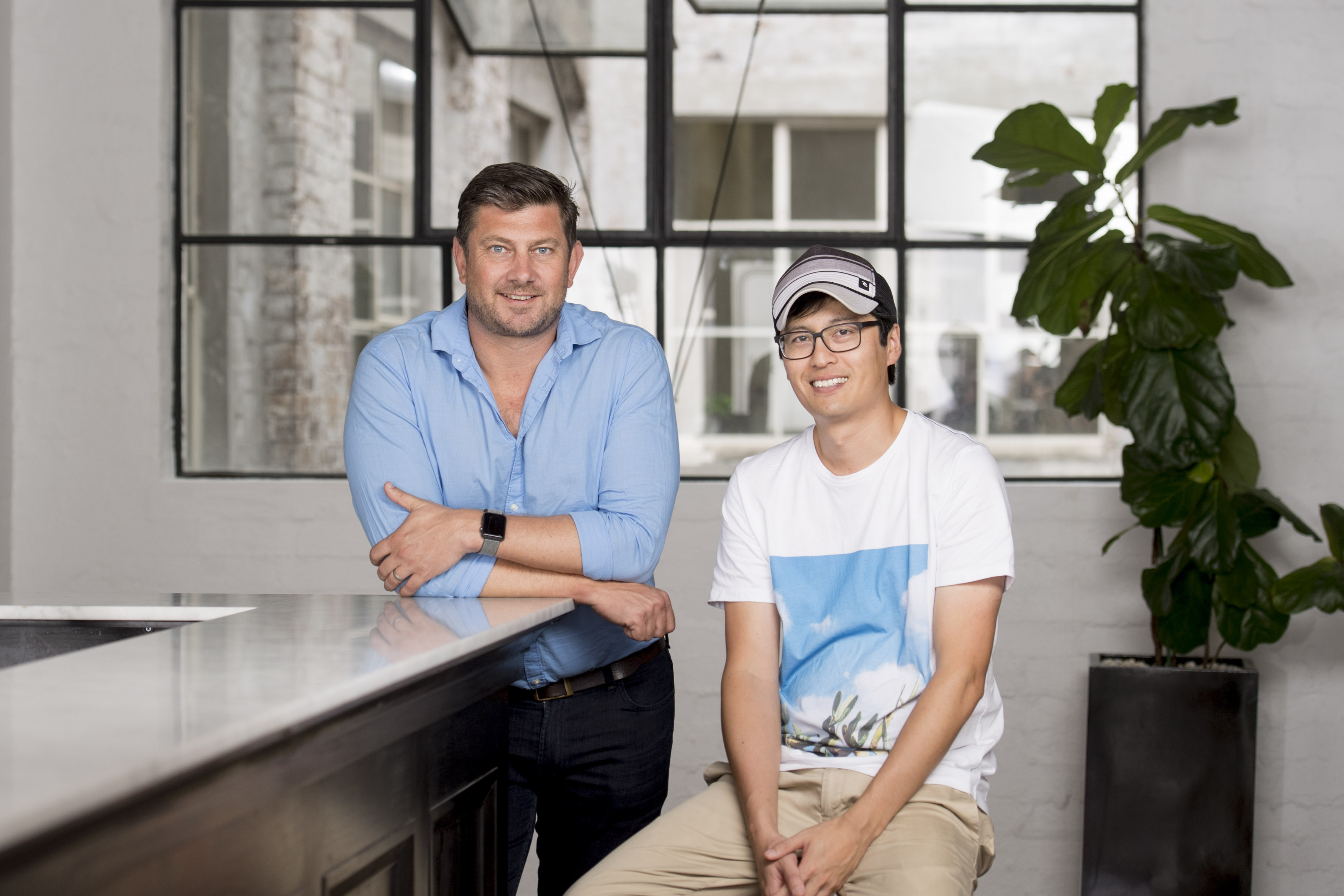- July 20, 2021
- by:
- in: Blog
Hyper is a $60M early-stage fund co-founded by Josh Buckley, Product Hunt’s CEO along with writer, founder and designer Dustin Curtis. Two ex-Sequoia operators are part of the team at launch as well. Malika Cantor as Partner and GM and Ashton Brown as Head of Program. The fund launches today and is self-described as ‘inspired
Hyper is a $60M early-stage fund co-founded by Josh Buckley, Product Hunt’s CEO along with writer, founder and designer Dustin Curtis. Two ex-Sequoia operators are part of the team at launch as well. Malika Cantor as Partner and GM and Ashton Brown as Head of Program. The fund launches today and is self-described as ‘inspired by the Product Hunt community’.
The team will be writing $300k checks for 5% of very early companies in any arena that seems promising to the partnership in a fixed deal structure that mirrors Y-Combinator.
The fund will exist as a ‘sister company’ to Product Hunt (though it’s going to technically own it). Product Hunt, however, is the first of what the team says will be many companies it will own, create and operate in order to provide ‘direct value’ to its portfolio companies.
I had a chat with Buckley, Curtis and Cantor about the new fund and company and the way that they hoped to differentiate Hyper in a world of aggressively service-oriented venture firms.
The short version is: distribution. It’s hard to argue with the overall assumption that the Hyper team is working under — capital is majorly commoditized. Frankly, sometimes that’s all you want from an investor whose value add is more of a thorn in your side than anything. But, especially at the early stage there are a few funds and firms that offer a strong value outside of writing checks in the form of, say, hiring, sales introductions or board members that have relevant operational experience.
Where Hyper differs, says Buckley, is that they see distribution as the biggest value add for a nascent startup at the stages where the firm hopes to invest. Product Hunt is one opportunity that he points to as an example. It’s an established launch pad to an audience of extreme early adopters that can provide a seed of a real user base — Hyper itself is launching via a post on the platform.
I’ll let the Hyper team’s words spell out what they say is its thesis:
Hyper believes that every company (B2B or B2C) needs access to distribution channels to find customers, users, and talented employees to join their teams. Hyper works with early-stage companies at three key junctures in a startup’s journey:
- Initial customer acquisition and validation (often at the pre-Seed stage)
- First product/company launch and hiring (often at the Seed stage)
- Scaling customer acquisition and fundraising (before the Series A)
Founders who go through the program will remain a part of the tight-knit Hyper founder community long past their Series A.
Over the past few months, Buckley says that Product Hunt has grown headcount by around 50% in part to boost its ability to act as an enhanced distribution channel.
A short list of some of the people involved as advisors, mentors or investors themselves includes Alexis & Serena Williams, Alfred Lin of Sequoia, Garry Tan of Initialized, Harry Stebbings, Jeffrey Katzenberg, Naval Ravikant, Owen van Natta, Ryan Hoover, Ryan Tedder of OneRepublic and Sriram Krishnan of a16z.
It’s a pretty eclectic group, but if you squint you can see the shape of the ambitions that Hyper has reflected in the parties involved. A mix of media, venture and product figures is probably the right way to go if you want to back yourself into a media empire funded by venture capital returns.
They’ll be building additional media products as well, especially ones that focus on areas of hyper growth and high interest in order to both generate deal flow and to feature companies in the portfolio. Interestingly, unlike many marketing-operations-disguised-as-journalistic-enterprises, Curtis says that they want these to be real, functioning media companies and that startups funded by Hyper will be presented on those sites and platforms in clearly defined sections that make it clear that they are part of the program.
As an example, the team is careful to state that Product Hunt will remain a ‘neutral platform’ for launching products and that Hyper companies will get clearly marked slots on the site.
Surrounding those placements will be content that is produced by editorial media arms independent of the fund (though, in the end, funded by the profits of the fund). They’re not quite up to giving specifics about how they’re going to power these media properties initially but the funds management fees as well as most of its profits from carry will go towards cultivating the distro side. The other part of the ‘most’ will, one assumes, go to the individual investors. Curtis says that there could be other ways to obtain capital to speed up this process that is allowed by the unique structure of Hyper like debt or equity financing.
Hyper itself is trying to establish two lines of business. A portfolio of wholly owned companies like Product Hunt (which still counts AngelList as a majority investor and Ravikant on its board) and other new media brands. And the other component which includes the portfolio of Hyper funds (plural theirs) and a founder program that includes mentorship, twice-a-year-events, and other future efforts — eventually.
The mentorship component that Hyper hopes to add for founders in the fund is an 8-week founder program that includes individuals from “partners” like Andreeessen Horowitz, AngelList, Sequoia Capital, the Twenty Minute VC Podcast and Product Hunt helping founders to solve ‘key challenges’. Some of the participants are investors in Hyper, though none of the funds participated themselves The group includes some close to home figures as well, in Product Hunt GM Ashley Higgins and founder Ryan Hoover.
The program will also offer office hours with experts, an exclusive Product Hunt launch event and a Public Hyper Demo Day and Investor Demo Day to participate in within a year of being in the program.
The Hyper concept sounds fresh in combination, if not in components. An enormous amount of ink has been spilled, for instance, on the spinning up of the VC media apparatus as a bullhorn for a tech-optimism POV. But most of that content is understood to be talking the firm’s book and not intended to be seen as journalism. Though the media publications that Hyper is planning on forming have yet to be realized, there is enough of a differentiating spark here that could make it a unique play that attempts to straddle the worlds of editorial and venture.
I have thoughts about the way that venture and media interact, as you might imagine given what I do and waves hands at the masthead where we are having this little chat. Combining a media and investing apparatus is not a new concept — as TechCrunch readers will know. But it’s not without its complexities. Enthusiast media that works does so for a couple of major reasons, in my opinion:
- Genuine obsession with the subject matter. The writers, editors and even business people involved must have a crazy thirst to understand and contextualize the subjects that they write about. There can be no in-between here, as they are speaking every day to an audience that is just as obsessed with it as they are and can detect any level of commitment to it that is less than 100%.
- A patina of either trust or candor built over time. You can go into it with some bona-fides that you buy with a big name hire or series of them, and the reputations that they’ve built elsewhere. But if you’re full of shit, you’re going to lose — no matter how well positioned and funded you are. You may ‘win’ long term by turning what you’re doing into something else, a broad interest publication in niche clothing, for instance. But you won’t win at the enthusiast level.
- An intense, punishing commitment to momentum. The further you delve into any niche, the more knowledgeable your audience will be. This means that you must produce uniquely insightful, crisp, well-researched content every day and you must do it with a level of granularity that surpasses anyone else in your niche. Your audience lives and breathes this stuff so if you’re telling them things they’ve already read on 3 message boards, in private texts or in their work slack then you’ve lost. You’ve got to get subcutaneous and not just superficially so.
And when you add in a layer of complexity that is proudly announcing your vested interests in the success of particular companies, it just ups the level of difficulty massively. I don’t think that it’s at all impossible to run a fund that feeds a media arm, but it’s definitely a ‘doing a really hard thing while also on fire’ kind of operation.
Which doesn’t mean that Hyper can’t pull it off. Product Hunt is the model for what they’re trying to do, creating close-to-the-ground media that attracts as many operators and investors as it does early adopters. Duplicating that in a variety of publications and events, however, is not easy at all.
I will say that a bet on distribution as value add is still one of the better stabs that I’ve seen lately. The capital is, as Buckley told me, readily and generically available. And having your calling card be “we can help the first 10, 20 or 30 thousand people know that you even exist” isn’t a bad situation at all. It works.
This is, after all, what we do at TechCrunch, we just don’t take a cut.
The announcement today is the Hyper the fund, and the fact that they’re opening applications to a small cohort of 25 companies. The applications are planned to open for roughly 4 weeks every quarter and the deadline for this tranche is August 10th, 2021 at midnight PT. The second cohort will open in November 2021.
The fund is taking applicants worldwide though notes that some countries present legal complexities for investment.







